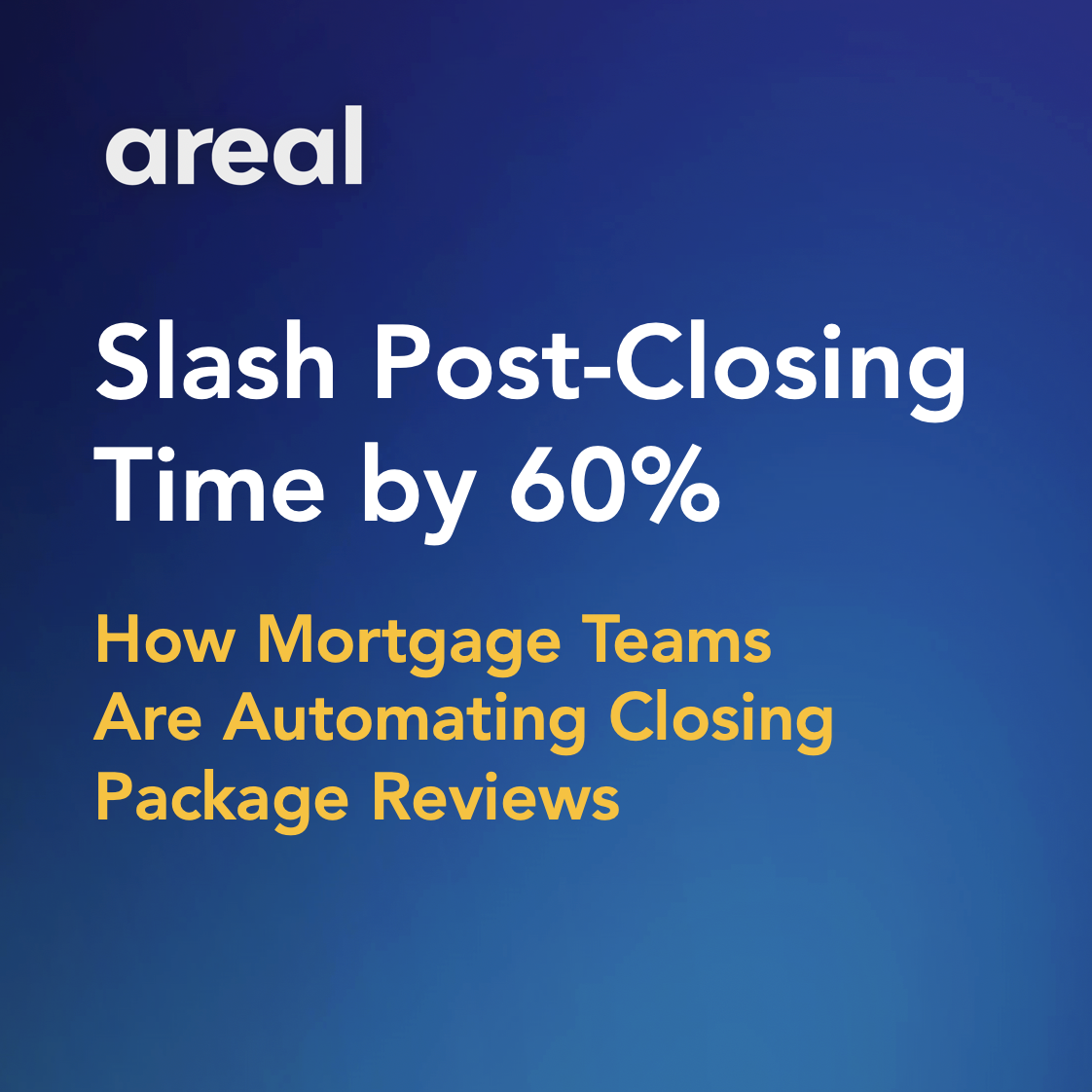In the realm of mortgage processing, the integration of technology has given rise to transformative solutions such as automated underwriting solutions. This innovative approach revolutionizes the evaluation and approval of mortgage applications, streamlining the underwriting process.
A key component within this technological evolution is automated mortgage underwriting, a process that employs advanced algorithms to assess borrower qualifications and risk factors. Through the utilization of vast datasets and predefined criteria offering a quicker and more objective evaluation of loan applications. This not only reduces the time required for approval but also enhances accuracy and consistency in lending decisions.
What is Automated Underwriting?
Automated Underwriting refers to the use of advanced technologies, particularly artificial intelligence and machine learning, to streamline and enhance the underwriting process. Traditionally, underwriting involved manual assessments of risk and eligibility, but with automation, these tasks are expedited, allowing for quicker and more data-driven decision-making.
What is an Automated Underwriting System?
An Automated Underwriting System (AUS) is the technological backbone that facilitates automated underwriting. It is a sophisticated software application that employs algorithms, rules, and AI to analyze vast amounts of data, assess risk factors, and determine the eligibility of applicants for loans, insurance, or other financial products.
What Does the Automatic Underwriting Process Cover?
The Automatic Underwriting Process covers a broad spectrum of tasks, all aimed at efficiently evaluating and mitigating risks associated with financial transactions. Key components of this process include:
1. Data Collection:
- Automated systems collect and aggregate data from various sources. This can include financial records, credit histories, and other relevant information.
2. Risk Assessment:
- AI algorithms analyze the collected data to assess the level of risk associated with a particular transaction. This includes evaluating the creditworthiness of individuals in the case of loans or determining the insurability of applicants in insurance underwriting.
3. Decision-Making:
- Based on the risk assessment, the automated system makes data-driven decisions. These decisions can range from approving or denying a loan application to determining the premium rates for an insurance policy.
4. Rule-Based Processing:
- Automated underwriting systems often operate based on predefined rules and criteria. These rules help in standardizing decision-making and ensuring compliance with regulations and organizational policies.
5. Document Verification:
- Some automated underwriting systems integrate Optical Character Recognition (OCR) and document analysis to verify the authenticity of submitted documents, enhancing the accuracy of the underwriting process.
What are Automatic Underwriting Solutions?
Automatic Underwriting Solutions encompass a variety of tools and technologies designed to automate and optimize the underwriting process. These solutions leverage AI, machine learning, and advanced analytics to enhance the speed, accuracy, and efficiency of decision-making in underwriting. They can be tailored for specific industries, including insurance, mortgage document, and personal loans.
What are the Advantages of Automatic Underwriting?
1. Efficiency and Speed:
- One of the primary advantages of automatic underwriting is the speed at which decisions can be made. Automated systems can process vast amounts of data in real-time, leading to faster approvals and quicker responses to applicants.
2. Consistency and Standardization:
- Automated underwriting ensures consistency in decision-making by adhering to predefined rules and criteria. This reduces the likelihood of human errors and ensures that each application is evaluated against the same set of standards.
3. Improved Risk Management:
- AI algorithms can analyze complex patterns and correlations in data, leading to more accurate risk assessments. This, in turn, allows organizations to better manage and mitigate risks associated with lending or insurance activities.
4. Enhanced Customer Experience:
- Faster decision-making and streamlined processes contribute to an improved customer experience. Applicants receive quicker responses, and the overall underwriting journey becomes more transparent and efficient.
5. Cost Savings:
- Automation reduces the need for manual labor in the underwriting process, leading to significant cost savings for organizations. It allows for the reallocation of resources to more strategic tasks.
6. Scalability:
- Automated underwriting systems are highly scalable, capable of handling a large volume of applications without a proportional increase in operational costs. This scalability is particularly beneficial for organizations experiencing growth.
7. Adaptability and Learning:
- AI-driven underwriting systems can adapt and learn from new data. This adaptability allows them to continuously improve and refine their decision-making processes over time.
Automated Underwriting in Insurance
Automated Underwriting has found extensive application in the insurance industry. In the context of insurance, the automated underwriting process involves evaluating the risk profile of applicants to determine their insurability and calculate appropriate premium rates. Here's how AI is transforming insurance underwriting:
- Dynamic Risk Assessment:
- AI algorithms analyze a wide range of factors to dynamically assess the risk associated with insuring an individual. This can include health data, lifestyle choices, and other relevant information.
- Faster Policy Approvals:
- Automated underwriting accelerates the policy approval process. Insurance companies can provide applicants with quicker decisions, improving the overall customer experience.
- Personalization of Policies:
- AI allows for a more personalized approach to underwriting. Insurers can tailor policies based on individual risk profiles, offering more customized coverage options.
- Fraud Detection:
- Automated systems can detect anomalies and patterns indicative of potential fraud. This enhances the accuracy of underwriting decisions and helps insurers mitigate the risk of fraudulent claims.







